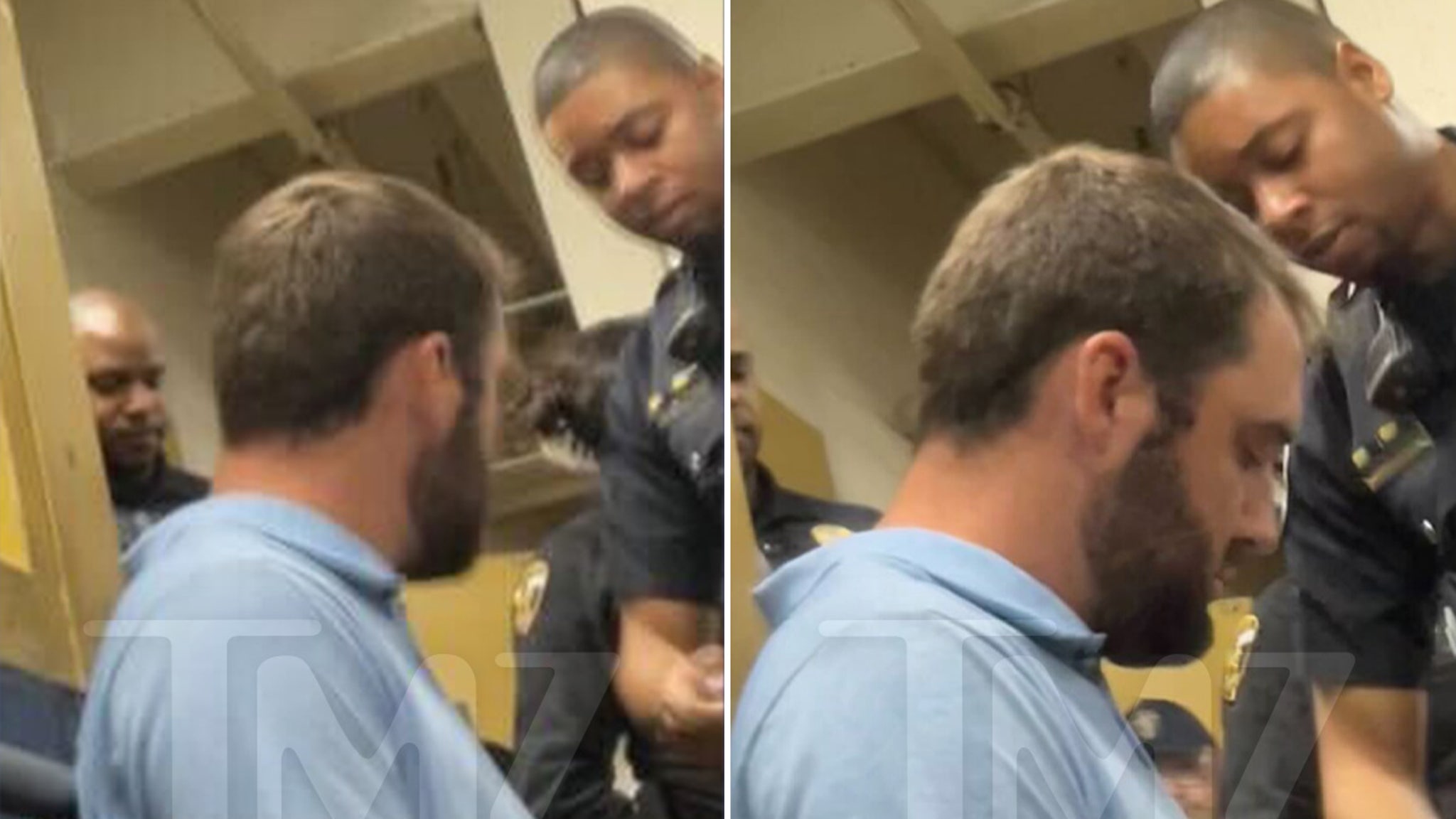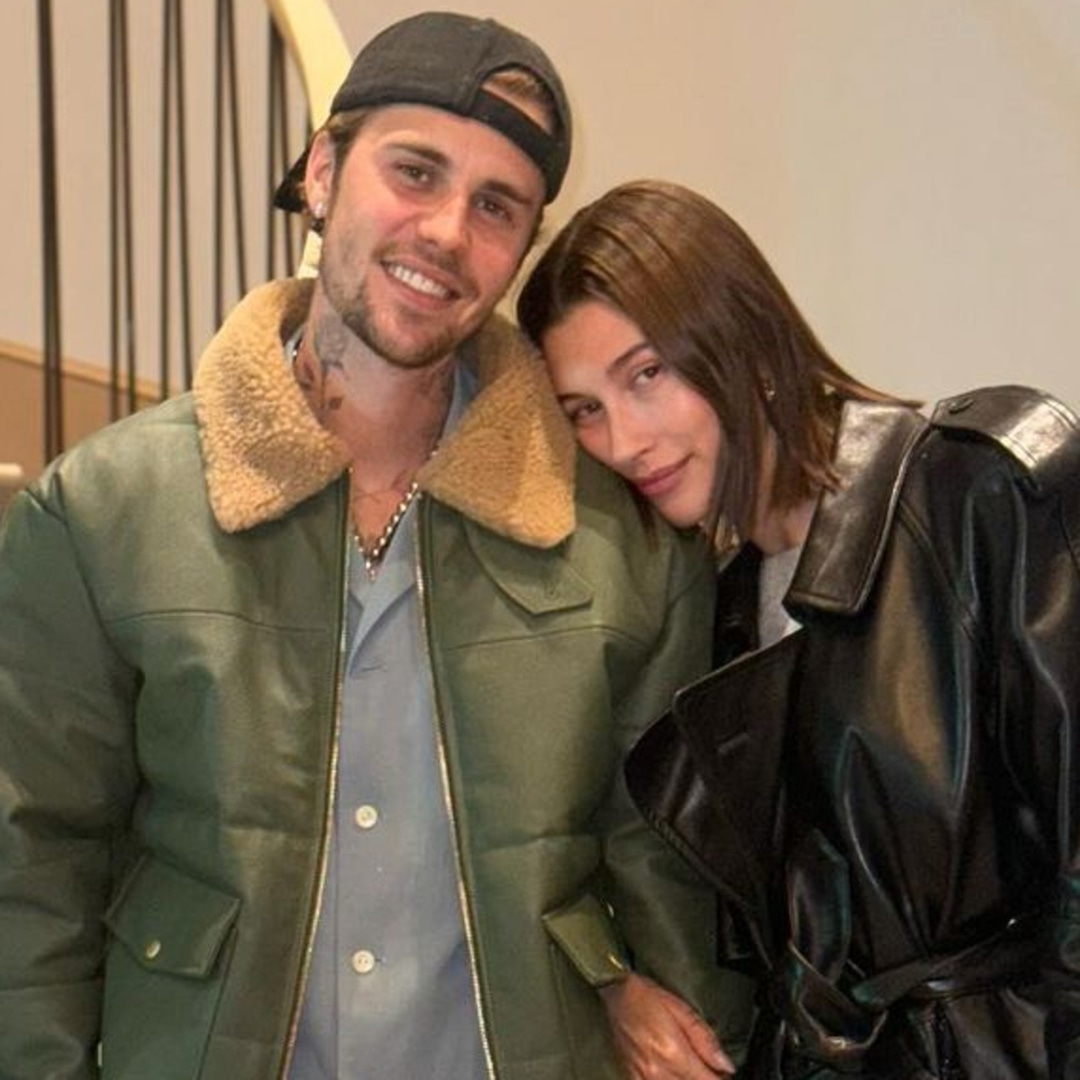Culture
At Venice Biennale, Israel’s Show Is Halted, but Protests Go On

The Israel pavilion at the Venice Biennale is closed this year, since its creative team decided not to exhibit work until there was a cease-fire and hostage deal in Gaza, but it was nonetheless the site of a large demonstration on Wednesday that drew more than 100 protesters.
“Viva, viva Palestina!” the protesters chanted as they marched through the gardens where much of the Biennale takes place. The protest was organized by a mix of artists involved in the Biennale and activists not affiliated with the event. “We gather as arts workers to refuse silence,” one demonstrator shouted to a crowd of onlookers.
Tensions surfaced in February, when activist groups began calling on the Biennale to ban Israel from the event over its conduct of the war in Gaza. Since the Oct. 7 Hamas-led attacks in Israel, in which Israeli officials said about 1,200 people were killed and 240 taken hostage, and Israel’s campaign in Gaza, which the authorities there say has killed more than 33,000 people, protests have rippled through the art world.
The Biennale’s organizers and Italy’s government affirmed Israel’s right to participate this year, but when the media preview began on Tuesday, visitors to the pavilion found the doors locked. Ruth Patir, the artist chosen to represent Israel at the Biennale, had refused to open her exhibition, posting a sign on the window that the pavilion would remain shut until “a cease-fire and hostage release agreement is reached.”
But Patir’s action was not enough to calm the discontent among many artists at the event, which opens to the public on Saturday. During the preview week, attendance is restricted to art world figures, including artists, curators, gallerists and critics.
“I think it is the right place to make a protest,” said Maj Hasager, the rector of the Malmo Art Academy in Sweden, who watched the protest. “We need to lay out the different positions, and there is no Palestine pavilion,” she added.
Mo Salemy, an artist and curator who joined the demonstration, said he was also critical of the United States, which is exhibiting art by Jeffrey Gibson that he said touched on the genocide of Native Americans. “They are displaying works about a genocide that happened 300 years ago,” Salemy said. “So I guess in 300 years, there will be a show about Palestine here.”
Although the protest was loud and noticeable, it did not disrupt the exhibitions in the Biennale gardens. The event’s organizers did not immediately respond to a request for comment about the protest.
Nearly 90 countries are presenting pavilions at this year’s Biennale. There is also a larger international exhibition, organized this year by the Brazilian curator Adriano Pedrosa under the title “Foreigners Everywhere,” with contributions from 331 artists.
Israel has been the subject of protests at the Biennale for several decades. In 1982, after the country invaded Lebanon, an Italian communist organization exploded a bomb outside the Israel pavilion. In 2015, activists protesting working conditions of Palestinians in the Israeli-occupied West Bank briefly occupied the pavilion and the Peggy Guggenheim Collection, a nearby museum.
When Patir announced on Tuesday that her exhibition at the Israel pavilion would remain closed, she posted a statement on her website that read: “The decision by the artist and curators is not to cancel themselves nor the exhibition; rather, they choose to take a stance in solidarity with the families of the hostages and the large community in Israel who is calling for change.”
Reactions to Patir’s decision were mixed.
Omar Barghouti, a founding committee member of the Palestinian Campaign for the Academic and Cultural Boycott of Israel, an activist movement, said in a statement to the art publication Hyperallergic that the Israeli artist and curators had “accepted to represent Israel during its ongoing massacres and are now trying to distance themselves from its far-right government” because of “pressure from conscientious artists.”
But some artists at the Biennale applauded Patir’s action. “This is a very strong and powerful message,” said Iva Lulashi, the artist representing Albania. “Ruth Patir put the value of peace and life above her own career and personal fulfillment.”
Sarah Rifky, a curator, joined the protest after learning about it from other attendees at the Biennale. “There is a power in coming together,” Rifky said. “I think it is extremely liberating to be able to chant ‘Free Palestine’ in the context that is symbolically important in front of the pavilions of Israel, the United States and Germany.”
Julia Halperin contributed reporting.





















